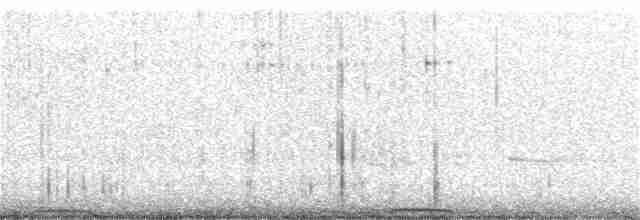Spinifex Pigeon Geophaps plumifera Scientific name definitions
- LC Least Concern
- Names (20)
- Subspecies (3)
Josep del Hoyo, Luis F. Baptista, Nigel Collar, Pepper W. Trail, Guy M. Kirwan, H. M. Horblit, and Ernest Garcia
Version: 1.0 — Published March 4, 2020
Text last updated May 31, 2015
Text last updated May 31, 2015
Sign in to see your badges
Species names in all available languages
| Language | Common name |
|---|---|
| Catalan | colom plumífer |
| Czech | holub křepelčí |
| Dutch | Spinifexduif |
| English | Spinifex Pigeon |
| English (United States) | Spinifex Pigeon |
| French | Colombine plumifère |
| French (France) | Colombine plumifère |
| German | Rotschopftaube |
| Icelandic | Höfðingjadúfa |
| Japanese | ショウキバト |
| Norwegian | spirdue |
| Polish | aborygenek lancetoczuby |
| Russian | Острохохлый бронзовокрыл |
| Serbian | Spinifeks golub |
| Slovak | blyskavec prepeličí |
| Spanish | Paloma Plumífera Ventriblanca |
| Spanish (Spain) | Paloma plumífera ventriblanca |
| Swedish | spinifexduva |
| Turkish | Kızıl Tepeli Kumru |
| Ukrainian | Голуб гострочубий |
Geophaps plumifera Gould, 1842
PROTONYM:
Geophaps plumifera
Gould, 1842. The birds of Australia pt7, p.[6] pl.69.
TYPE LOCALITY:
150 miles up the Victoria River, between Cape Hotham and Depuch Island.
SOURCE:
Avibase, 2023
Definitions
- GEOPHAPS
- plumifer / plumifera / plumiferus
The Key to Scientific Names
Legend Overview
UPPERCASE: current genus
Uppercase first letter: generic synonym
● and ● See: generic homonyms
lowercase: species and subspecies
●: early names, variants, misspellings
‡: extinct
†: type species
Gr.: ancient Greek
L.: Latin
<: derived from
syn: synonym of
/: separates historical and modern geographic names
ex: based on
TL: type locality
OD: original diagnosis (genus) or original description (species)




























